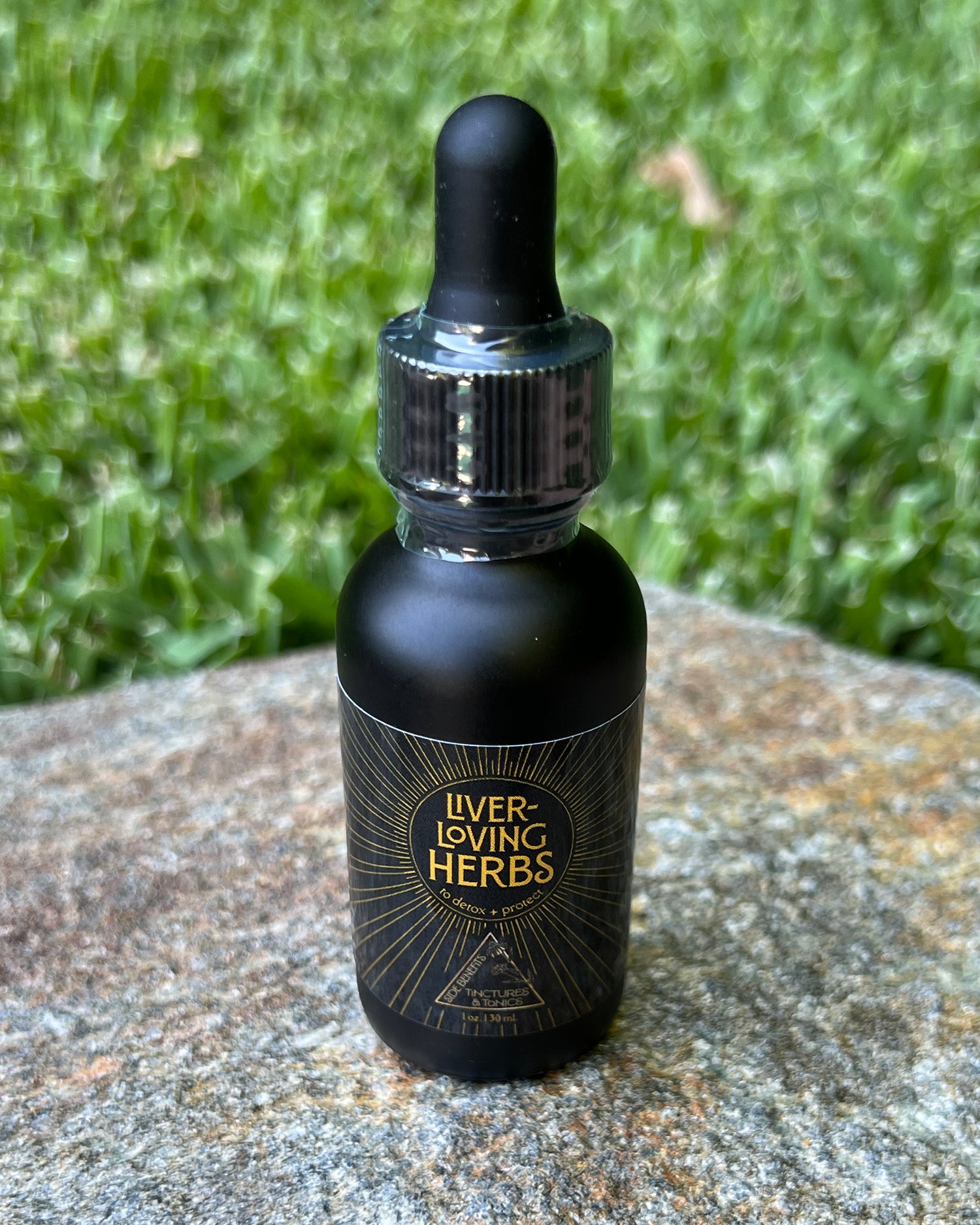Estrogen is an essential sex hormone that has many roles in both the male and female bodies. It has its hand in fertility, regulating immune function, the maintenance of our bones and skeletal structure, cardiovascular health, and the regulation of blood sugar. When we have too much estrogen, however, this can lead to many unwanted symptoms and diseases.
You are what you eat
When you take a diet that includes processed food and unhealthy fats, then add poor sleep, caffeine, stress, hormones in conventionally-raised dairy and meat, and environmental toxins (endocrine-disrupting xenobiotics), you’ve got a recipe for hormone imbalances. And when you add in alcohol, you’re not only reducing estrogen metabolism by the liver but also increasing the conversion of androgens to estrogens (aromatization). NSAIDs also contribute to problems because they congest the liver and prevent it from excreting excess estrogen, which can lead to estrogen dominance.
Here’s how imbalances occur:
Diet – When the diet includes excessive amounts of sugar and refined carbohydrates and lacks healthy fats & oils (such as the omega-3 fatty acids found in wild-caught fish); fiber from a variety of above-ground veggies, and a lack of nutrients & minerals from these foods.
Environmental toxins – When we are exposed to toxins such as plastics, household cleaners, pesticides on non-organic veggies – or even nail polish – we are absorbing chemicals that interfere with our hormonal systems. These are called endocrine disruptors (xenobiotics) because their disruptions can lead to cancer, reproductive issues, neurological diseases, and immune system suppression.
Gut dysbiosis – When your microbiome is out of balance, this allows for excess amounts of hormone-disrupting bad bacteria to overgrow, as in the case of small intestinal bacterial overgrowth (SIBO) or fungus (candida). These bacteria have an adverse impact on how the body eliminates excess estrogen, due to an enzyme they produce––b-glucuronidase––which may de-conjugate the estrogen bond with glucuronic acid. The estrogen that would have been excreted is then reabsorbed into the bloodstream, which can elevate levels and lead to estrogen dominance when the conjugated estrogens are unable to be properly eliminated via the bowels.
Stress – When we are under constant stress, this depletes the adrenal glands – a factor which, on its own can create imbalances.
Lifestyle – Lack of exercise, sleep issues, excessive alcohol consumption, cigarette smoking, and the use of birth control pills.
Could you have estrogen dominance?
PMS is essentially always estrogen dominance which can manifest in a woman when she, 1) produces too much estrogen (rare) or, 2) she is producing insufficient progesterone to offset estrogen output (more common). The driving factors that contribute to insufficient progesterone production include poor diet (blood sugar imbalance), chronic stress (HPA Axis dysregulation), and excessive, long-term xenobiotic exposure (the build-up of environmental toxins in the liver leads to sex hormone imbalance). When the estrogen-to-progesterone ratio has tilted in favor of estrogen, this is an imbalance that can negatively impact a woman's health. Estrogen dominance is not only behind PMS, but it is also a common underlying cause of more chronic issues ranging from weight gain, hair loss, and moodiness to infertility, breast cancer, strokes, and heart attacks.
SYMPTOMS OF ESTROGEN DOMINANCE IN WOMEN:
|
Stubborn weight |
Insulin resistance |
|
PMS, sore breasts & painful periods |
Heavy periods & clots |
|
Fibroids |
Endometriosis |
|
Anxiety & depression |
Headaches & migraines |
|
Skin eruptions & acne |
Fertility issues or infertility |

SYMPTOMS OF ESTROGEN DOMINANCE IN MEN:
|
Weight gain |
Excess body fat on hips, thighs, and midsection (aka belly fat) |
|
Low sex drive |
Moodiness (overly emotional), depression, anxiety or irritability |
|
Breast development, aka “man boobs” (gynecomastia) |
Poor sleep and insomnia
|
|
Erectile dysfunction |
Hair loss |
THE THREE ESTROGEN-METABOLIZING PATHWAYS:
- 2-hydroxy (2-OH) metabolic pathway – This is the “healthiest” pathway because it produces good estrogen metabolites and creates the lowest risk of negative health outcomes
- 16-hydroxy (16-OH) metabolic pathway – This “dangerous” pathway results in more estrogen dominance
- 4-hydroxy (4-OH) metabolic pathway – This “dangerous” pathway results in more estrogen dominance
Love your liver
Responsible for over 500 biochemical reactions, the liver manufactures certain compounds, detoxifies others, and directs hormones all over the body for use, storage or excretion. The liver breaks down toxins to more manageable forms during Phase I detoxification. When estrogen enters this phase, it gets turned into “metabolites” and is shuttled down either the 2-OH (the healthiest pathway), 4-OH or 16-OH (the more dangerous pathways). Phase II is where the liver neutralizes toxins, which can sometimes be more concentrated and dangerous after phase one vs when they started. Different enzymatic processes happen during this phase. Antioxidants, a B complex, magnesium, amino acids from high-quality protein, and even NAC or glutathione are important here.⠀
Phase III is the elimination of toxins through urine or stool, which brings us to why it is imperative to give the liver a break and keep the gut healthy. Luckily, we can actually change the way we metabolize and eliminate excess estrogen by helping it go down healthier pathways.
To encourage the healthy metabolism of estrogen:
- Eat detox-supporting foods such as dark leafy greens, cruciferous veggies (including broccoli, kale, and cabbage), and sulforaphane-rich foods (garlic and onion contain nutrients that increase our detoxification capabilities). Load up on fiber and mineral-dense foods, which help trap and eliminate toxins through your digestive system. Cilantro, turmeric, and green tea are also helpful in clearing detox pathways.
- Sip polyphenol-rich green tea.
- Daily bowel movements are essential. If you don’t have poop every day, consider getting to the root cause of constipation with the help of a functional nutritionist to support your body’s natural ability to eliminate toxins.
- Sweat in an infrared sauna, look into lymphatic drainage massages, exercise until you work up a nice glow, and try dry brushing.
- Limit exposure to environmental toxins (xenobiotics).
- Exercise regularly.
- Heal your gut by removing inflammatory foods such as sugar, refined white flour (and all gluten), processed foods, industrial seed oils, dairy, corn, soy, beans, and nightshades. Incorporate gut-healing nutrients like those found in bone broth such as collagen, zinc, glycine, and l-glutamine.
Estrogen dominance is becoming more common in both men and women since our society loves to eat a Standard American Diet (SAD), live stressful lives, and are always looking to “fix” health issues with a magic pill, prevent pests on crops by using herbicides (which pollute our bodies, food supply, and environment), and are resistant to taking a holistic mindset when it comes to their health. While estrogen dominance can increase the risk for hormone-sensitive cancers, thyroid imbalances, and more, there is a lot you can do to get to the root cause of estrogen dominance before it gets out of control. It’s all about committing to holistic diet and lifestyle changes. If you’re looking to dig deeper, hire a functional nutritionist to run an affordable hormone panel for you and support your goals with a customized nutrition plan designed to help you obtain and maintain optimal health.






